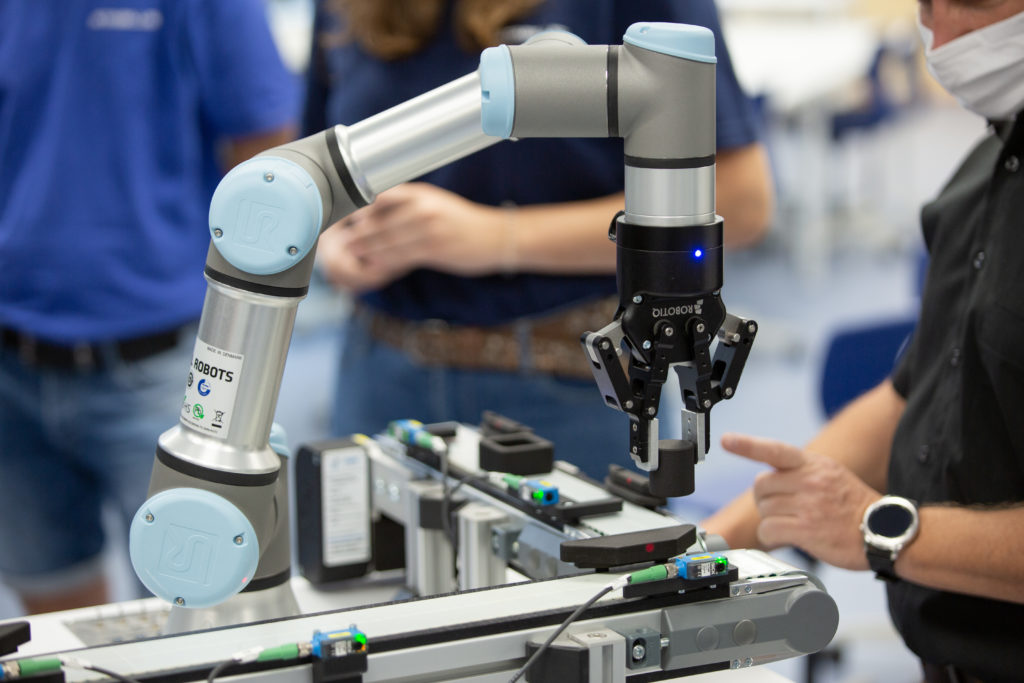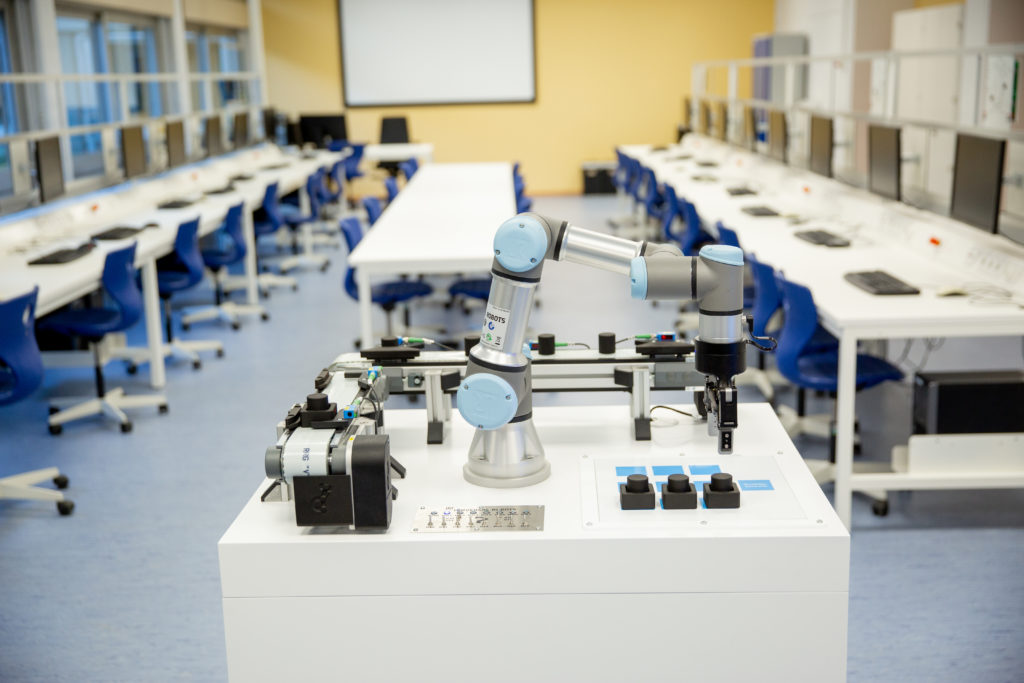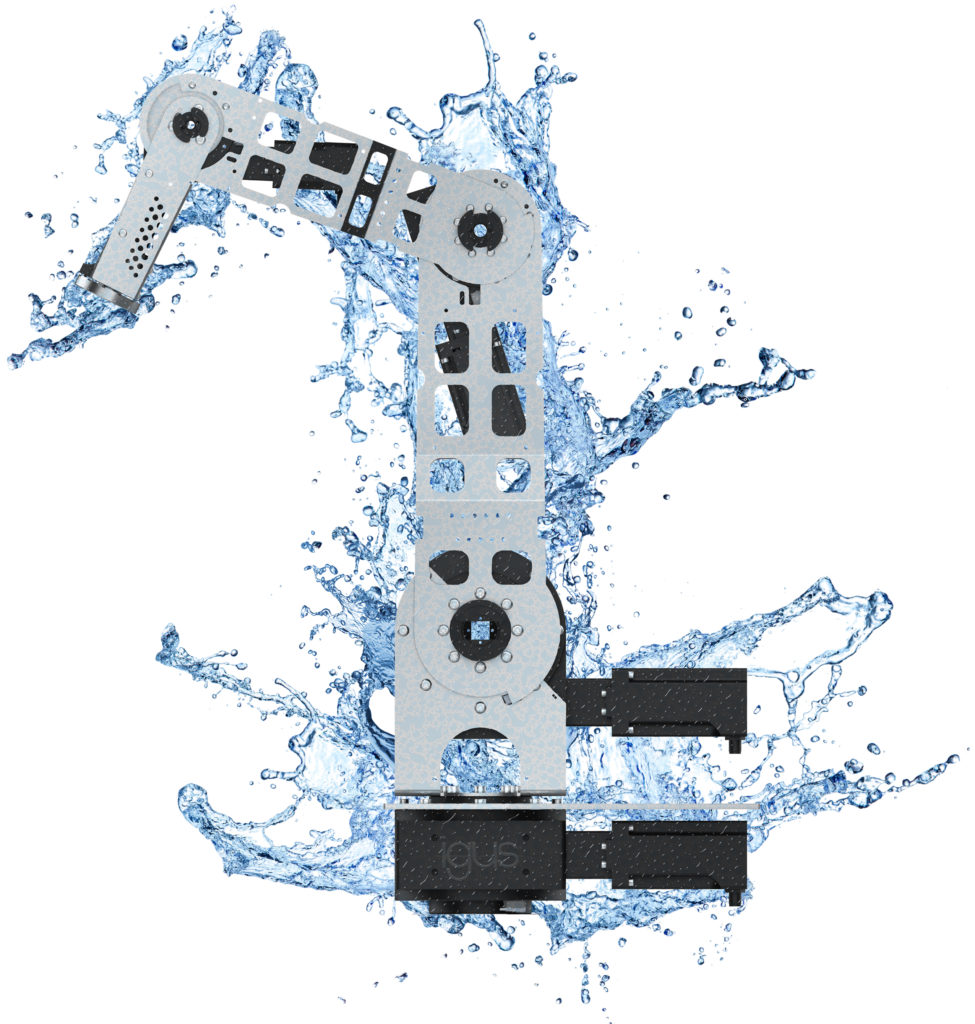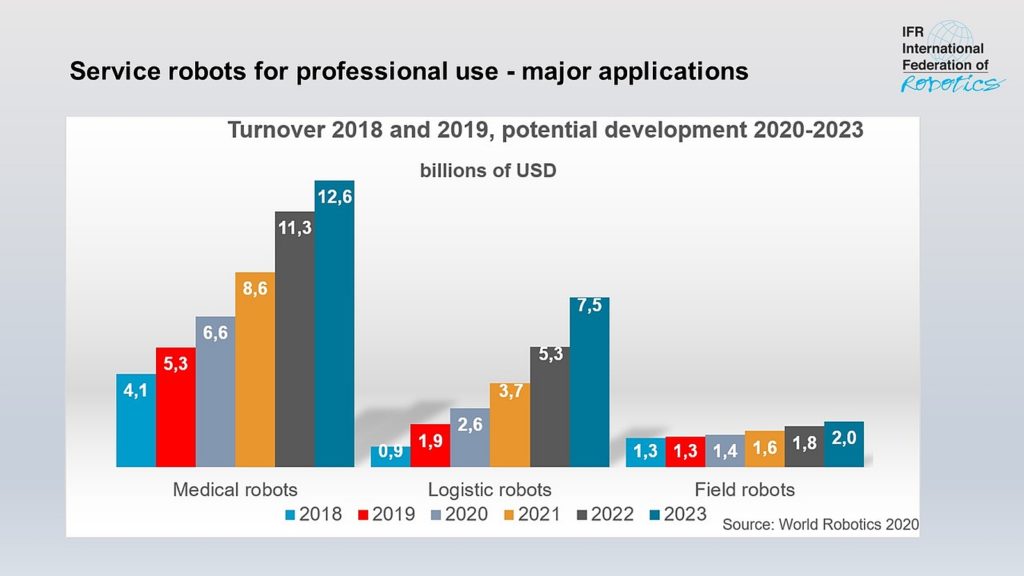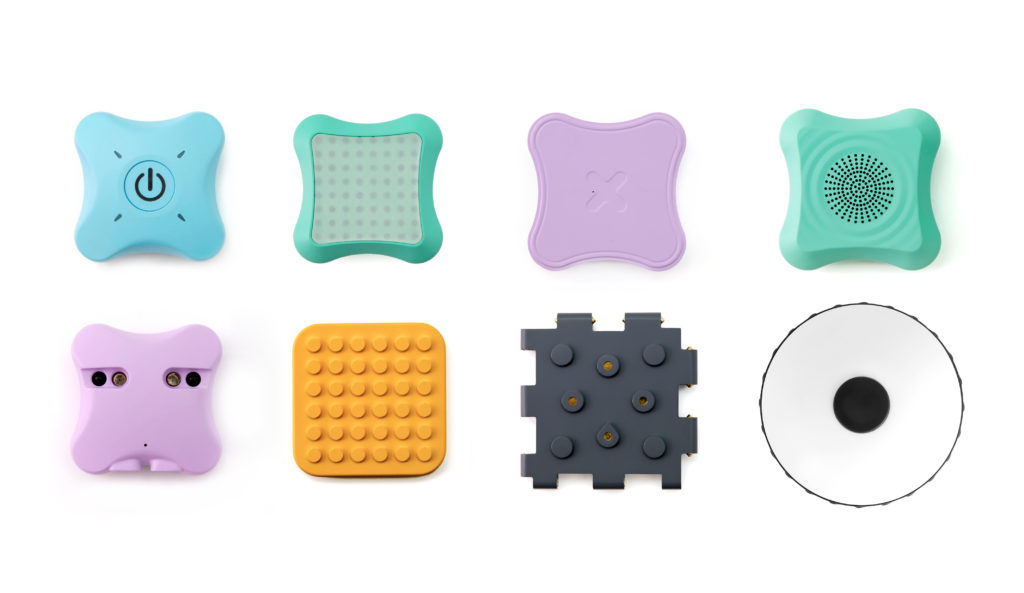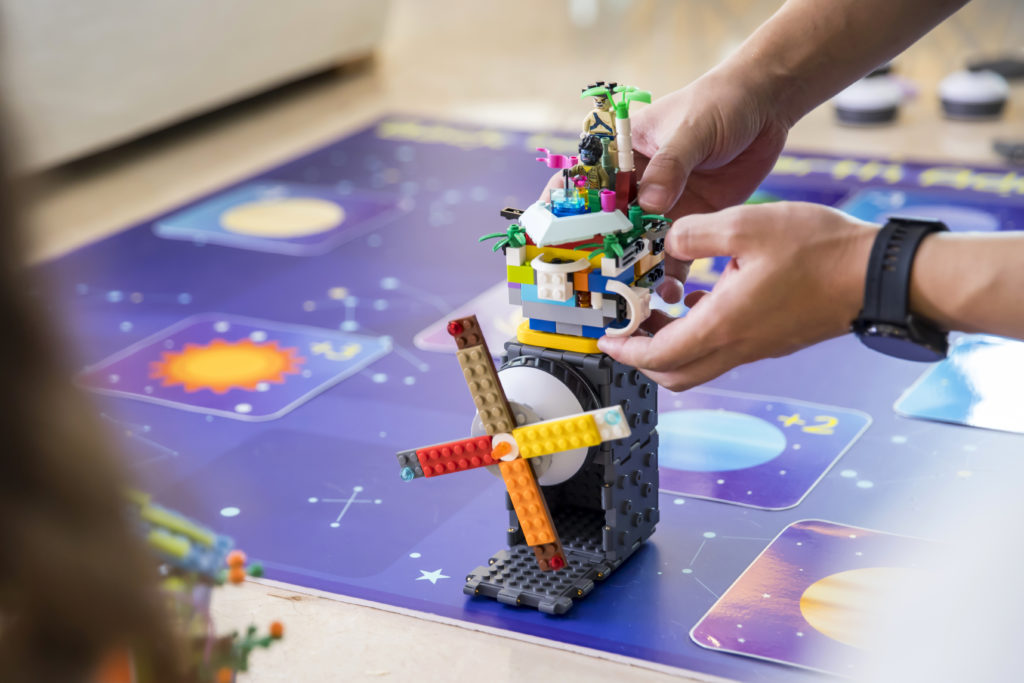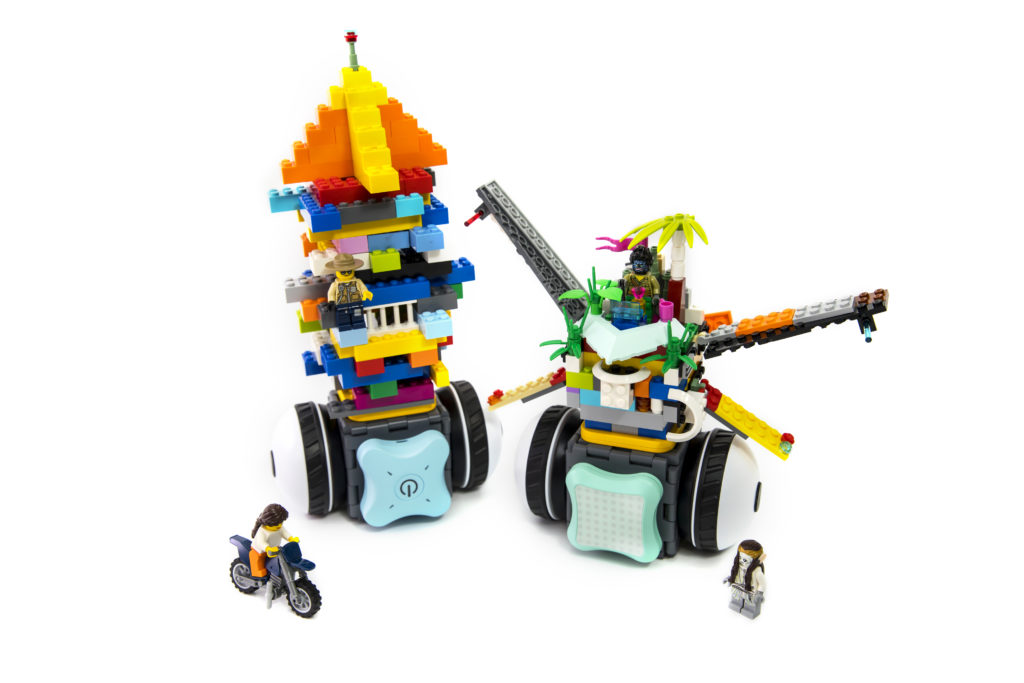SAN FRANCISCO (PRWEB) OCTOBER 27, 2020
To help continue to expand the Steel City’s world-class robotics and engineering expertise, One America Works, an organization that bridges the divide between Silicon Valley and emerging tech hubs across the U.S., is convening more than a dozen of the top robotics companies for its second Pittsburgh-based virtual recruitment event on November 13th, to help fill more than 100 available jobs. With high quality technical and business positions available, this event will showcase the opportunities available in Pittsburgh and attract both local talent and national talent looking to relocate from higher cost cities like San Francisco, Seattle, Boston and New York City to work in an emerging innovative tech hub with lower cost of living, higher quality of life and lots of professional opportunity.
What: Virtual Recruiting Event for Pittsburgh-Based Robotics Positions
When: November 13th from 11 am – 4 pm ET
Participants will be assigned a specific time slot to meet companies one-on-one.
Where: Register at https://oneamericaworks.org/robotics_recruiting_event/ by November 8th
“As we continue to see tech workers willingness to move away from traditional tech hub coastal cities in favor of mid-sized regional cities, Pittsburgh has become a key destination for top talent considering relocating, thanks to its thriving innovation driven culture, high quality of life and affordable cost of living,” said Patrick McKenna, founder of One America Works. “The city has established itself as a clear leader within the highly skilled robotics industry with both Big Tech and startups committing to the Steel City, in collaboration with the local talent and research resources available through the top-tier universities.”
Founded by Patrick McKenna – an entrepreneur and investor with experience co-founding, operating and investing in several highly successful technology companies – One America Works is bridging the divide in America by spearheading connections between high-growth companies looking to expand and emerging regions across the U.S. that provide high-quality talent and investment opportunities. And this concept is gaining momentum as it creates hundreds of jobs in emerging hubs around the country. Through a successful 2019 pilot program in Pittsburgh, One America Works is responsible for creating over 250 jobs and filling nearly 80 positions over the course of six months. The 501c3 non-profit is leveraging a grant from RK Mellon Foundation to expand into new emerging tech cities this year. To showcase well-paying innovation jobs in the Steel City and across the Heartland, One America Works has hosted a series of popular virtual recruitment events across America this year in Columbus, Indianapolis and Pittsburgh.
„Over the last decade, Pittsburgh has seen a revitalization, due in part to the success of the local tech scene in the region. The city has been able to reinvent itself as an emerging tech hub while still remaining an affordable and vibrant area,” said Joel Reed, Executive Director, [Pittsburgh Robotics Networ k. “There are many exciting, innovative robotics companies that have come as a result of the local talent and research resources that make this city such an amazing place to live, play and work.“
Employers attending the fair to hire for Pittsburgh-based robotics talent include IAM Robotics, Honeywell, Locomation, NREC, Qinetiq, Agility Robotics, RE2 Robotics, Near Earth Autonomy, CapSen Robotics, ESTAT Actuation, Komodo Analytics, SKA, Neya Systems, Bloomfield Robotics and more.
About One America Works
One America Works is a non-profit organization that connects growth companies and talented people across the country, bringing the country together around common goals and values. Founded by entrepreneur and investor Patrick McKenna in 2018, One America Works addresses the geographic economic divide across America by introducing innovative technology companies to new sources of talent located in middle American cities, to bring more people in more places into the modern economy. For more about One America Works, visit oneamericaworks.org or follow the organization on LinkedIn or Twitter.
About the Pittsburgh Robotics Network (PRN)
The Pittsburgh Robotics Network (PRN) represents the companies and leaders who make up the Pittsburgh robotics ecosystem, which is anchored by Carnegie Mellon University (CMU) and driven by 100+ robotics organizations, including the worldwide leaders in autonomous vehicle development. It is the PRN’s mission to accelerate the adoption of robotic solutions by bridging this large and dynamic community to the world. We do this by making connections, expanding our collective knowledge, and positively influencing the development and adoption of robotic and artificial intelligence (AI) technologies.

